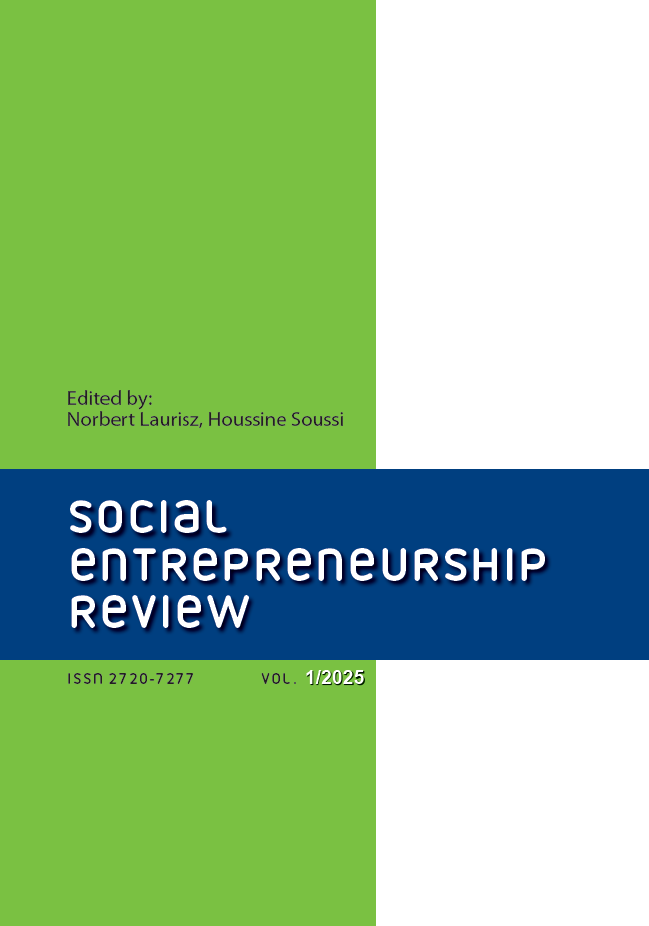Research of the daily time budget of female students between 2017–2019
DOI:
https://doi.org/10.15678/ES.2020.2.12Keywords:
surveying budget time, leisure, women, young adultsAbstract
The search for new solutions and verify existing in connection with the spread of the SARS-CoV-2 requires the ability to reference data to those collected before the pandemic. Objectives: The aim of the article was to determine the structure of time budgets just before the pandemic in relation to a selected group of respondents (childless women continuing their education). The research was conducted in three editions (2017/2018, 2018/2019 and 2019/2020) using the auto-registration technique. The research tool was a weekly diary form. Results: The structure obtained from the study differs from the structure developed by the Central Statistical Office of 2013. Individual categories of activity groups have been extended (using social media) and others have been shortened (household and family care). In the structure of the budget time respondents were clearly reflected social changes previously indicated.
Downloads
References
Bee, H. (2004). Psychologia rozwoju człowieka. Warszawa: Zysk i S-ka.]
Brzezińska, A.I., Kaczan R., Piotrowski K., Rękosiewicz M. (2011). Odroczona dorosłość: akt czy artefakt?, Nauka, 4, 6 7–107.
Budżet czasu ludności 2013, część I (2015), GUS: Departament Badań Społecznych i Warunków Życia, Warszawa.
Budżet czasu ludności 2013, część II (2016), GUS: Departament Badań Społecznych i Warunków Życia, Warszawa.
Burlita, A. (2015). Zarządzanie budżetem czasu jako determinanta rozwoju kapitału ludzkiego. Studia i Prace Wydziału Nauk Ekonomicznych i Zarządzania, 39(3), 25–37.
Carlstein, T. (2019). Time Resources, Society and Ecology: On the Capacity for Human Interaction in Space and Time. London–Boston–Sydney: George Allen & Unwin.
Dolot, A. (2020). Wpływ pandemii COVID-19 na pracę zdalną – perspektywa pracownika. E-mentor, 1(83), 35–43.
Galland, O. (2003). Adolescence, Post-Adolescence, Youth: Revised Interpretations. Revue française de sociologie, 44, Supplement: An Annual English Selection, 163–188.
Gurba, E. (2011). Wczesna dorosłość. W: J. Trempała (red.). Psychologia rozwoju człowieka (s. 287–311). Warszawa: Wydawnictwo Naukowe PWN.
Kolny, B. (2016). Analiza czasu wolnego w budżecie czasu Polaków. Handel Wewnętrzny, 2(361), 228–240 .
Kołodko, G.W. (2020). Pandemia: praktyczne reakcje i teoretyczne pytania. Kwartalnik Nauk o Przedsiębiorstwie, 55(2), 5–14.
Pisarska, B. (2015). Badanie budżetu czasu studentów, w tym ich czasu wolnego – studia przypadków. W: M. Makowska-Iskierka (red.), Badania nad turystyką. Jeden cel, różne podejścia. Warsztaty z Geografii Turyzmu: tom 6 (s. 159–175), Łódź: Wydawnictwo Uniwersytetu Łódzkiego.
Przetacznik-Gierowska M., Tyszkowa M. (2002). Psychologia rozwoju człowieka (t. I). Warszawa: Wydawnictwo Naukowe PWN.Sliż, P. (2020). Praca zdalna podczas epidemii COVID-19 w Polsce – wyniki badania empirycznego. E-mentor, 3(85), 50–65.






